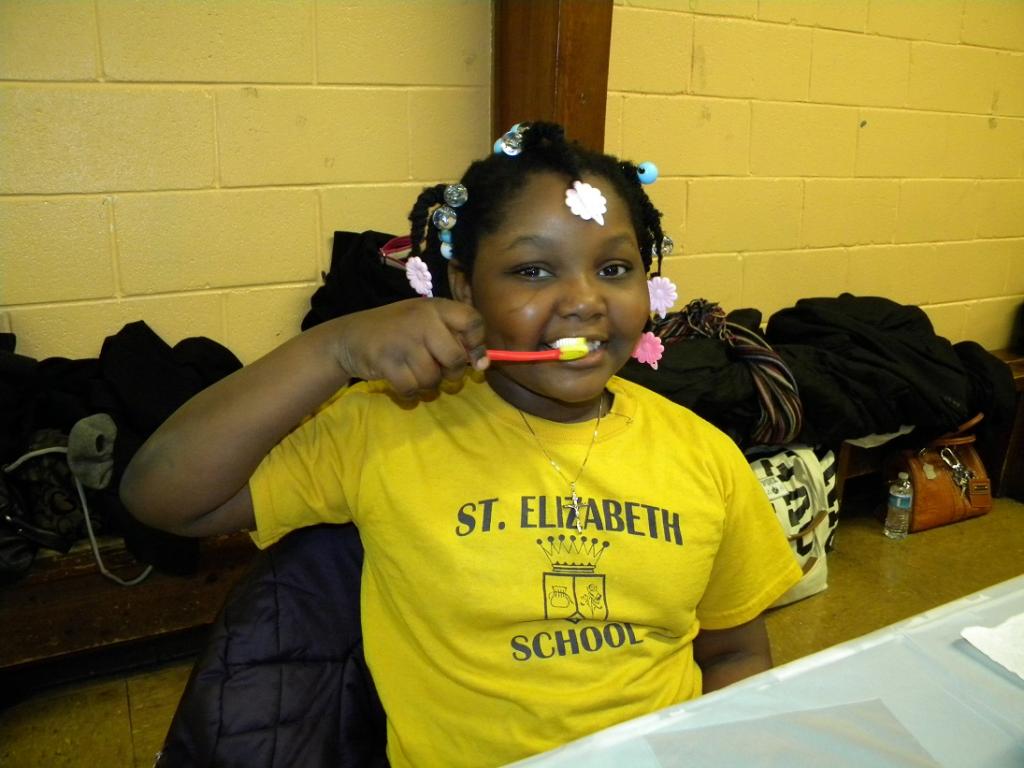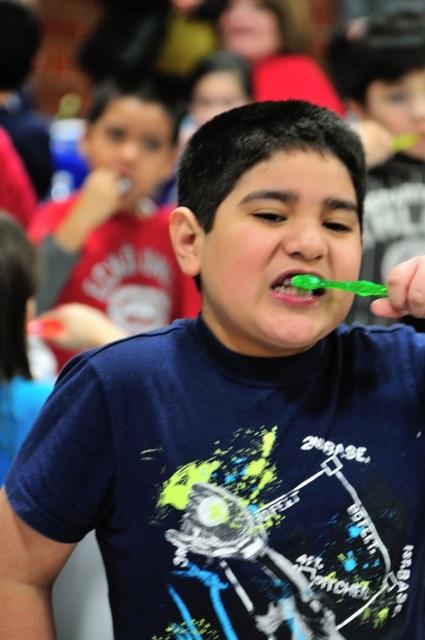
In our ongoing conversation about health and healthcare, we often forget to mention dental health. Did you know tooth decay is the number one chronic disease of children? According to the Center for Disease Control, tooth decay affects more than one-fourth of U.S. children aged 2 to 5 years and half of those aged 12 to 15. It’s even worse for lower-income families. About half of these kids and two-thirds of those aged 12 to 19 had or do have decay issues.
If you have ever suffered through a tooth ache, you know how painful they can be. For our children, untreated cavities can cause pain, bad behavior, school absences, concentration issues and insecurities about appearance.
The good news is that tooth decay is preventable and 100% curable. In addition to regular visits to a dentist or dental clinic beginning at about age one, we as parents need to encourage and model good oral healthcare practices with our children. These core practices shouldn’t come as a surprise to anyone. They include brushing, flossing and healthy eating.
Brushing is the most important oral health lesson you can teach your children. For those just learning, teach them not to swallow the toothpaste and to reach the front, back and top of their teeth and gums. Experts recommend brushing twice each day, for two minutes at a time. To make the two minutes go by more quickly as well as to make brushing fun, you may want to check out a new free app available online and via your cellphone. The app is called “Toothsavers” and it can be access via 2min2X.org/toothsavers on the computer and as a free iTunes and Google Play mobile app called the Toothsavers Brushing Game. Children who have been exposed to the app find it to be engaging and fun.
As soon as your children have teeth that touch, they need to start flossing once a day. You may have to floss for them when they are just learning. To teach an older child to floss, take about 18 inches of floss, wrap it around the middle fingers of both hands, and be sure to gently brush against each tooth. Prepared flossers can make this process faster and easier for both the young and the older!
Eating healthy foods such as fruits, vegetables and dairy products help your child’s teeth stay strong and healthy. Offer healthy snacks instead of sticky sweet options between meals. And, when your child does have a sugary food or drink, encourage them to brush right away.
While brushing, flossing and eating right cannot be stressed enough, regular dental check-ups are still necessary. Dentists can encourage kids to take care of their teeth and catch problems before they become painful and costly.
As parents, it is our responsibility to model good habits for our children. They should see you brushing, flossing and eating right. If possible, they should accompany you to your dental visits. They should see firsthand that by taking care of your teeth, you are on your way to good health.
To learn more about Medicaid and CHIP and how to enroll, visit your state’s Medicaid agency or HealthCare.gov. Or call 1-877-KIDS-NOW (1-877-543-7669).





The views and opinions expressed in this post are those of the author(s) and do not necessarily reflect those of MomsRising.org.
MomsRising.org strongly encourages our readers to post comments in response to blog posts. We value diversity of opinions and perspectives. Our goals for this space are to be educational, thought-provoking, and respectful. So we actively moderate comments and we reserve the right to edit or remove comments that undermine these goals. Thanks!